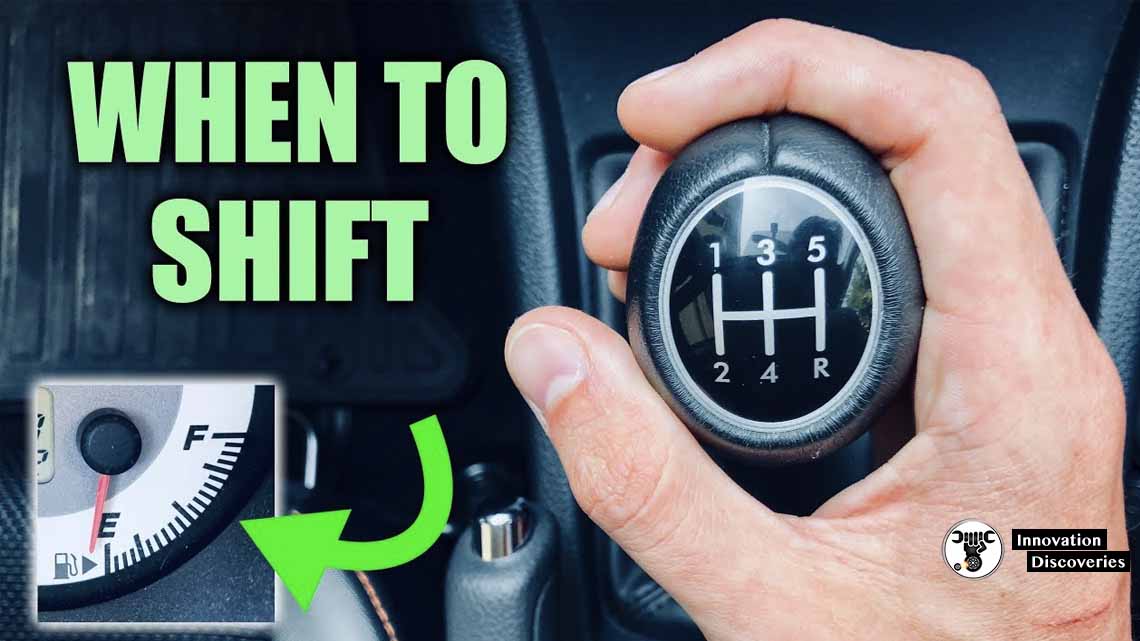
Introduction:
In our quest for better fuel efficiency, we often overlook the impact of our driving habits, including the way we shift gears. Shifting gears at the right time can significantly contribute to better fuel economy. Whether you drive a manual or automatic transmission vehicle, understanding the art of gear shifting can help you maximize fuel efficiency and save money at the pump.
In this article, we will provide you with some valuable tips to help you shift gears for the best fuel economy.
Manual Transmission Techniques:
Smooth Acceleration:
When starting from a stop, begin in first gear and accelerate smoothly. Avoid revving the engine too high before shifting gears.
Gradually increase your speed while shifting to higher gears as the engine’s RPM rises. This gentle acceleration reduces fuel consumption and puts less strain on the engine.
Early Upshifting:
One of the key principles of fuel-efficient driving is shifting to higher gears as soon as the engine reaches a comfortable RPM range.
Typically, this range is around 2,000 to 2,500 RPM for gasoline engines and 1,500 to 2,000 RPM for diesel engines. Upshifting early helps maintain a lower engine speed, which can lead to significant fuel savings.
Judicious Downshifting:
Downshifting is necessary in certain situations, such as climbing a hill or when you need extra power to pass another vehicle. However, downshifting should be done judiciously to avoid unnecessary fuel consumption.
Only downshift when required, maintaining optimal RPM for the current driving conditions. Revving the engine too high in lower gears can waste fuel, so use downshifting wisely.
WHAT ARE THE MAIN COMPONENTS OF THE GEAR BOX?
Read:
Automatic Transmission Strategies:
Utilize Overdrive Gears:
If your vehicle is equipped with an overdrive gear, make sure to use it whenever possible. Overdrive gears allow the engine to operate at lower RPMs, reducing fuel consumption at higher speeds. Activate the overdrive mode during highway driving or steady cruising to maximize fuel efficiency.
Avoid Unnecessary Downshifting:
Unlike manual transmissions, modern automatic transmissions are designed to optimize fuel efficiency automatically. Let the transmission select the appropriate gear for the driving conditions, avoiding unnecessary manual downshifting.
Allowing the automatic transmission to do its job will ensure smoother and more efficient gear changes.
Gentle Acceleration:
Rapid acceleration can force an automatic transmission to downshift to lower gears, resulting in increased fuel consumption. Instead, practice gentle and gradual acceleration, allowing the transmission to shift gears smoothly. This will help maintain optimal fuel efficiency and reduce unnecessary strain on the engine.
Read More:
Conclusion:
Efficient gear shifting is a skill that can significantly impact your vehicle’s fuel economy. Whether you drive a manual or automatic transmission vehicle, employing the right gear shifting techniques can help you achieve better mileage and save money on fuel costs.
Remember to accelerate smoothly, shift to higher gears early, and downshift judiciously when necessary. Additionally, consult your vehicle’s owner’s manual for specific manufacturer recommendations. By mastering the art of gear shifting, you can become a more fuel-efficient driver and contribute to a greener environment.
- 4 Common Symptoms of Automatic Transmission Problems
- How To Do Automatic Transmission Service Yourself?
- Automatic Transmission Valve Body Functions And Failure Symptoms
- Detecting 6 Common Automatic Transmission Problems
- Continuously Variable Transmission : Advantages and Disadvantages
Visit Forum
Visit Our Friendly Website


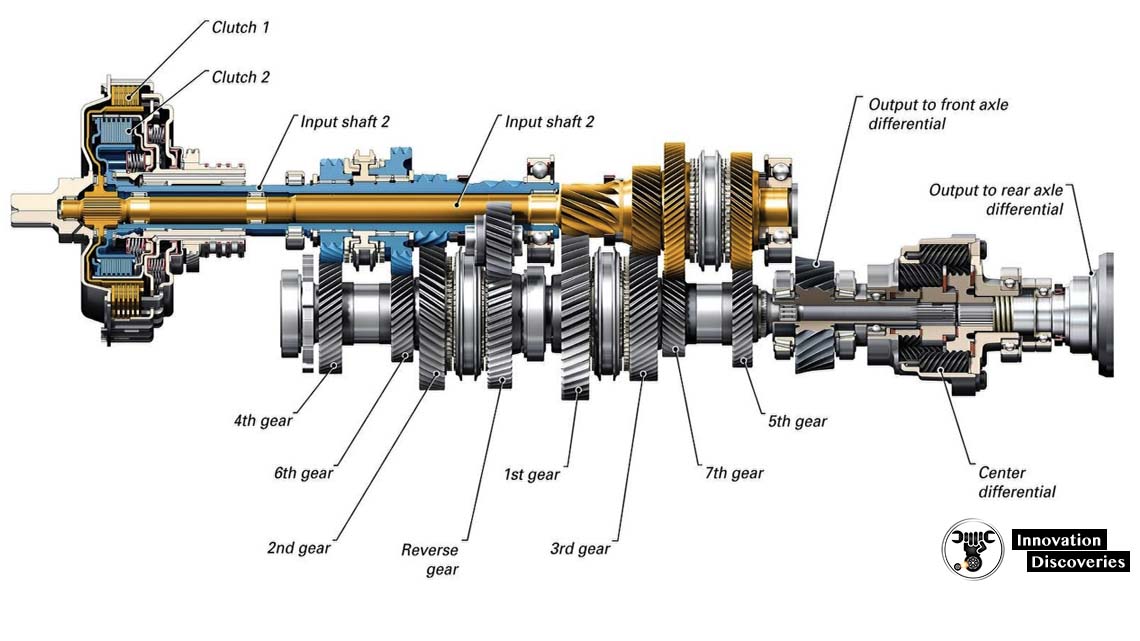
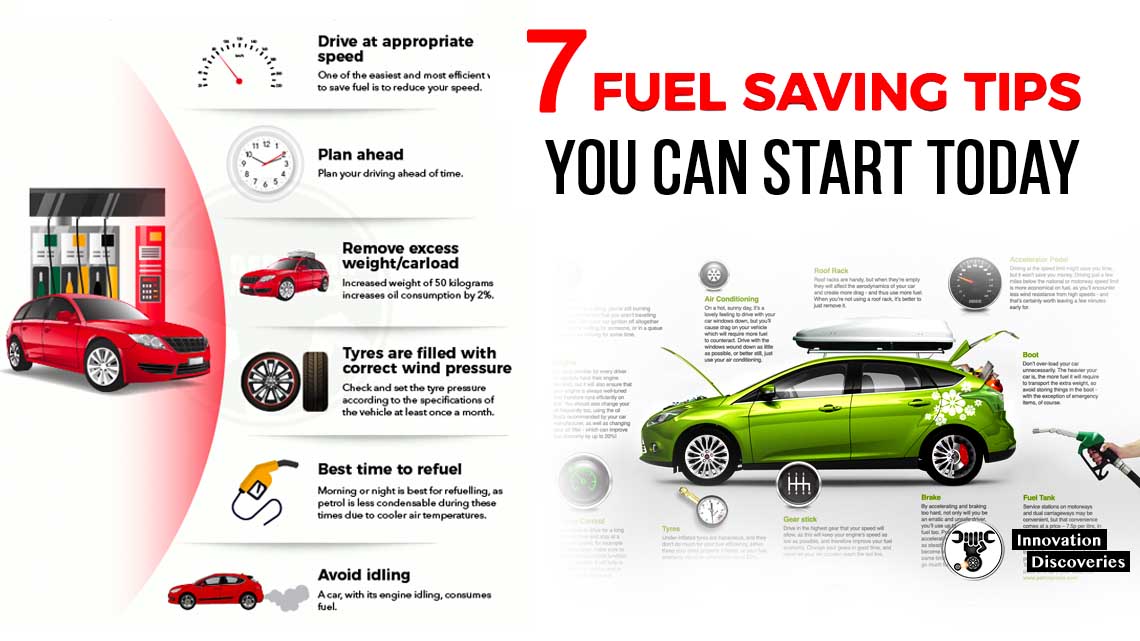
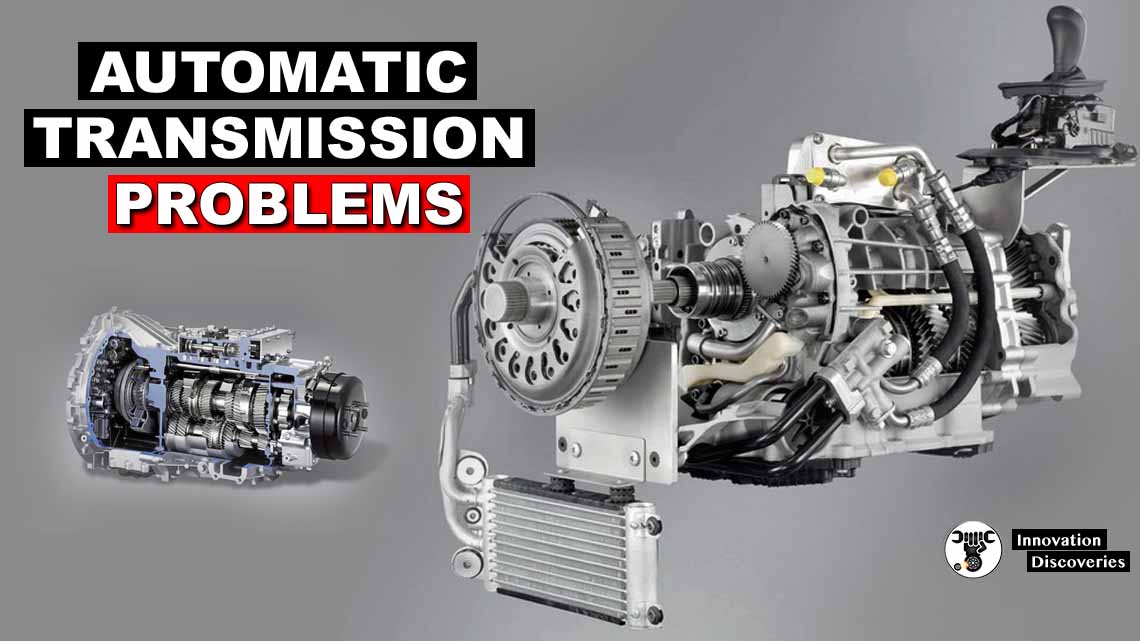
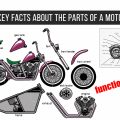


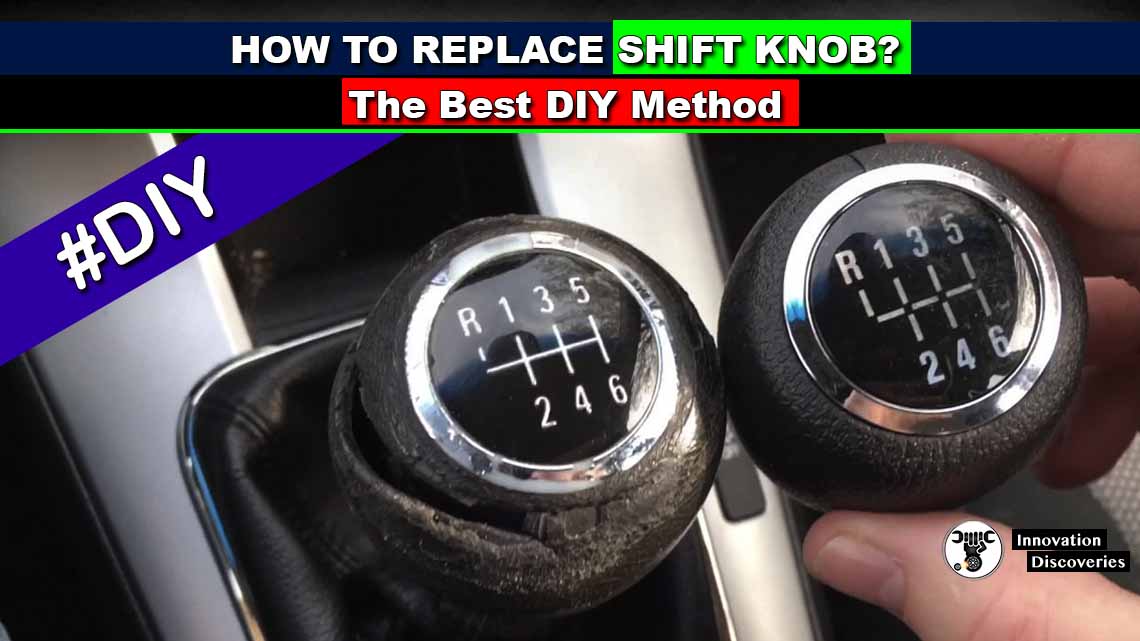
2 Comments